As some of you may already be aware Hannah and I packed up all of our belongings last month and moved to Wellington to take part in New Zealand’s first female focused accelerator program.
Despite our initial uncertainty around if this would be the best decision for our business, I can now absolutely say it was. The pace of the program means we’ve had to make decisions fast, it has also forced us to really evaluate what we want to achieve with our business.
The team at Lighting Lab XX
Something I’ve really struggled with is trying to do too much too soon. I want our products to be ethically made in the most sustainable way possible. Unfortunately things like minimising our carbon footprint are just not possible when we are shipping our products around the world. The reality is that the clothing business is actually really unsustainable.
With this in mind I really had to reevaluate what was most important and focus on that. When I reflected on why I started this company the answer was quite obvious. To me the greatest tragedy in the clothing industry is that workers are not provided with fair wages and safe working conditions. Too many children are not receiving the education they deserve because they are working long hours in garment factories. While I deeply care about the environmental impact the clothing industry has on our planet the reality is that I care even more about solving these social issues.

Radha - one of our most experienced seamstresses
With this in mind Little Yellow Bird is no longer aiming (at least not yet) to be the most sustainable clothing company, instead we are very much focused on being the most socially conscious one. While we will continue to do everything in our power to minimise our environmental impact, our business has made the conscious decision to put our people first. From seed to shirt I want to ensure that every person involved in our supply chain has been paid what they deserve and are not being exposed to harmful working conditions. To really achieve this it needs our complete attention.
We’ve already taken a lot of steps to ensure our garments are made in conditions acceptable to us. The women that stitch our clothes are all paid well above the industry standard and work a maximum of 45 hours per week. We also provide education and training opportunities and ensure they have access to healthcare.
Despite the great controversy and difficulties for big brands to even ensure these basic conditions at the manufacturing level are met, the reality is that this is the easiest part of a supply chain to remedy. While conditions of garment workers receive a disproportionate amount of media coverage it is often those further along the supply chain that suffer the most.


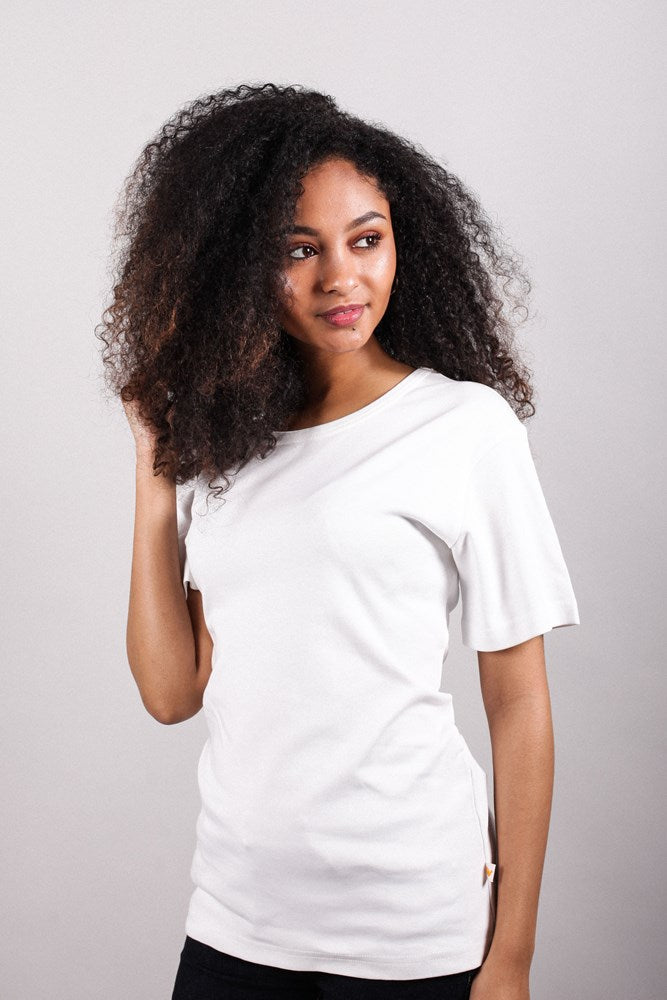
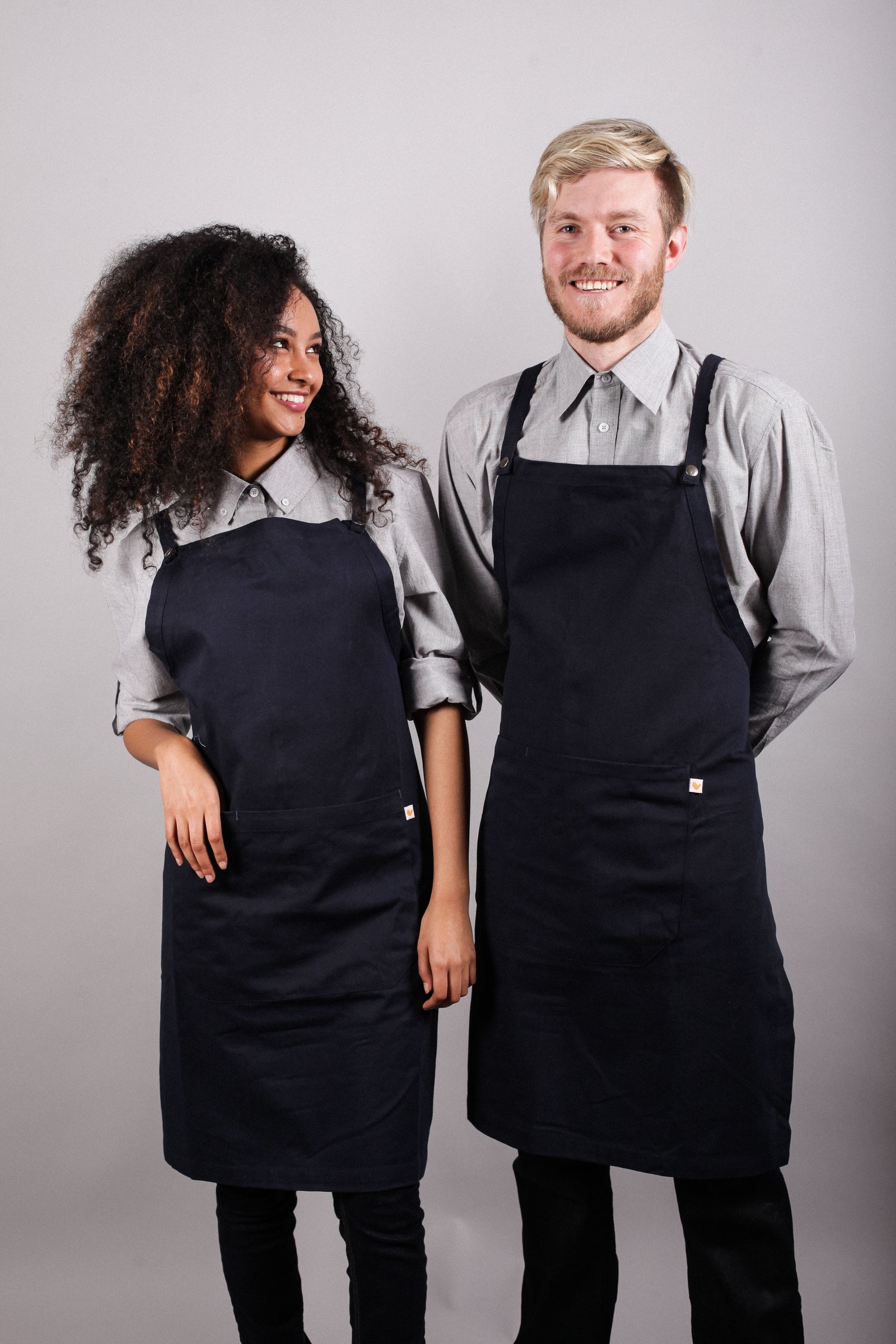
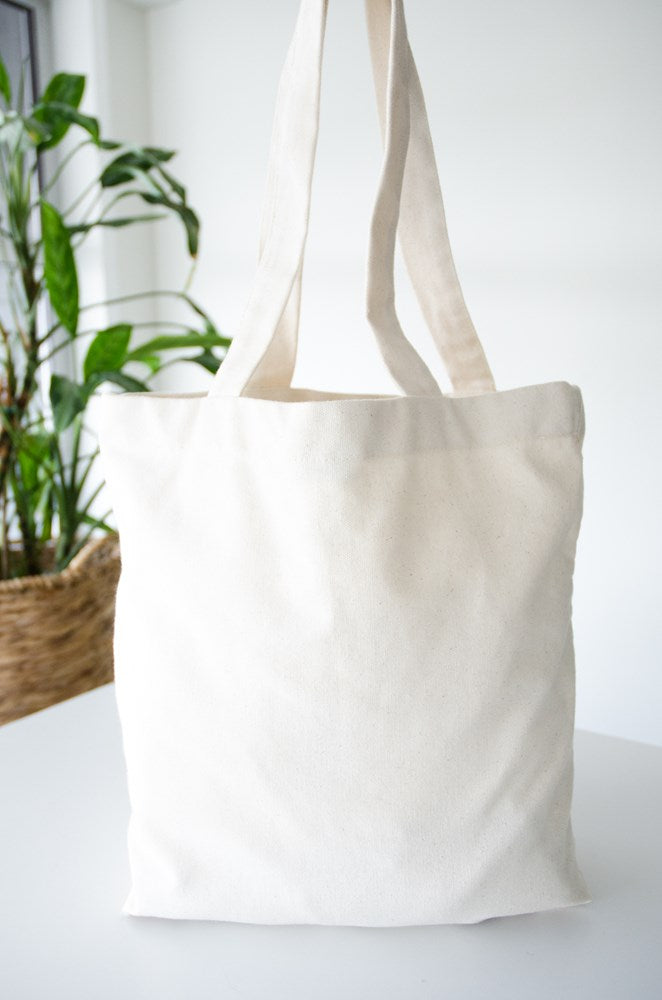
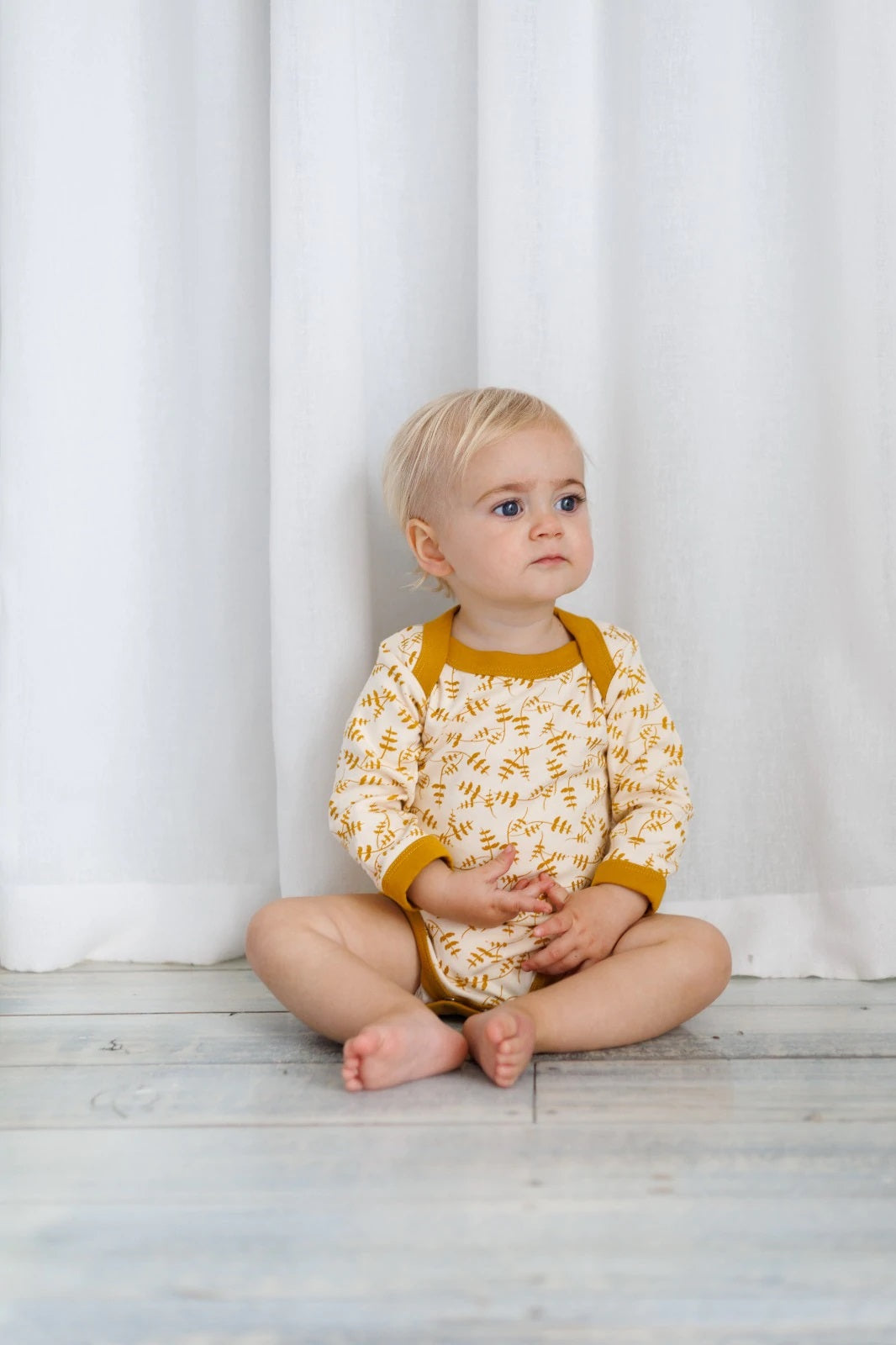
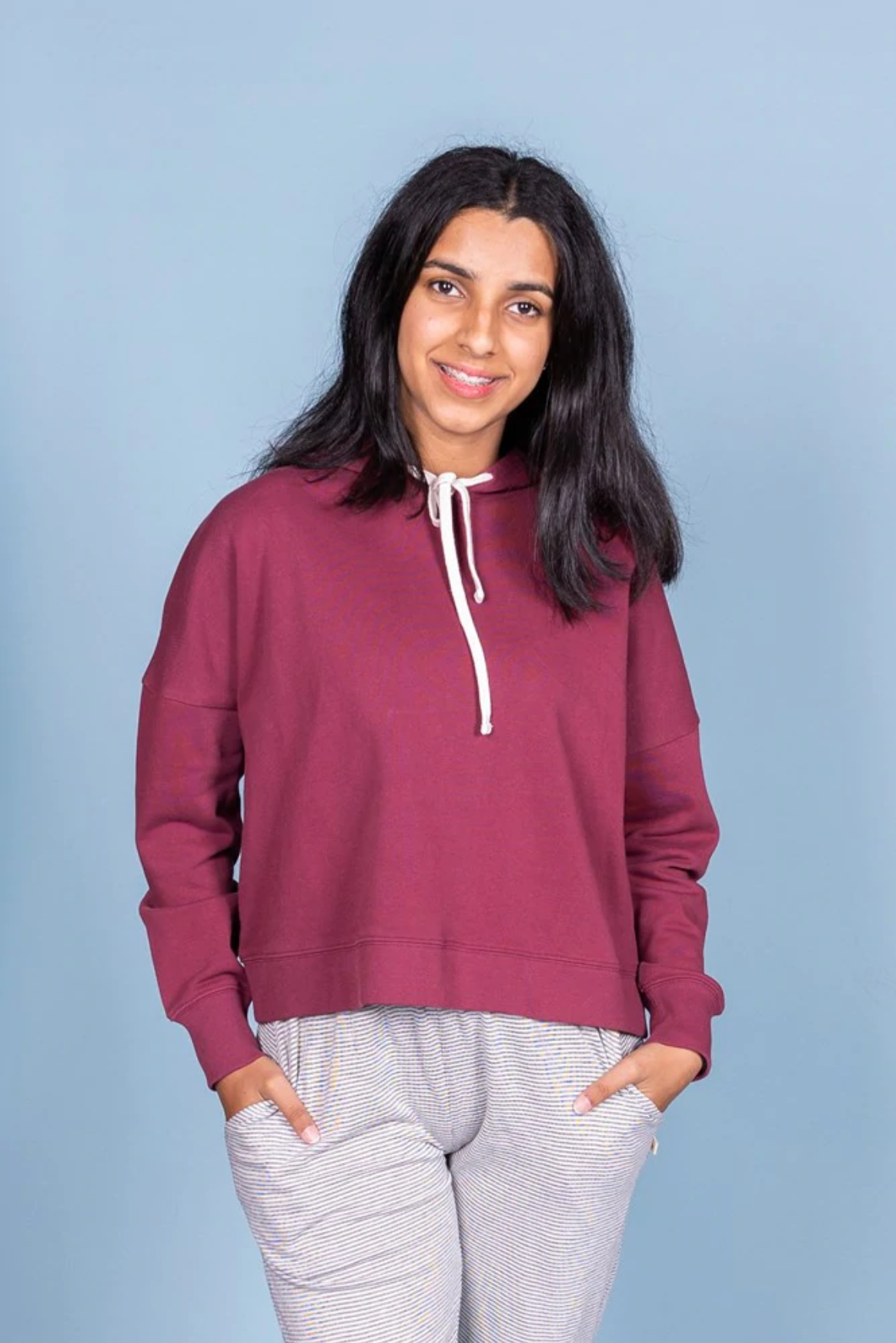
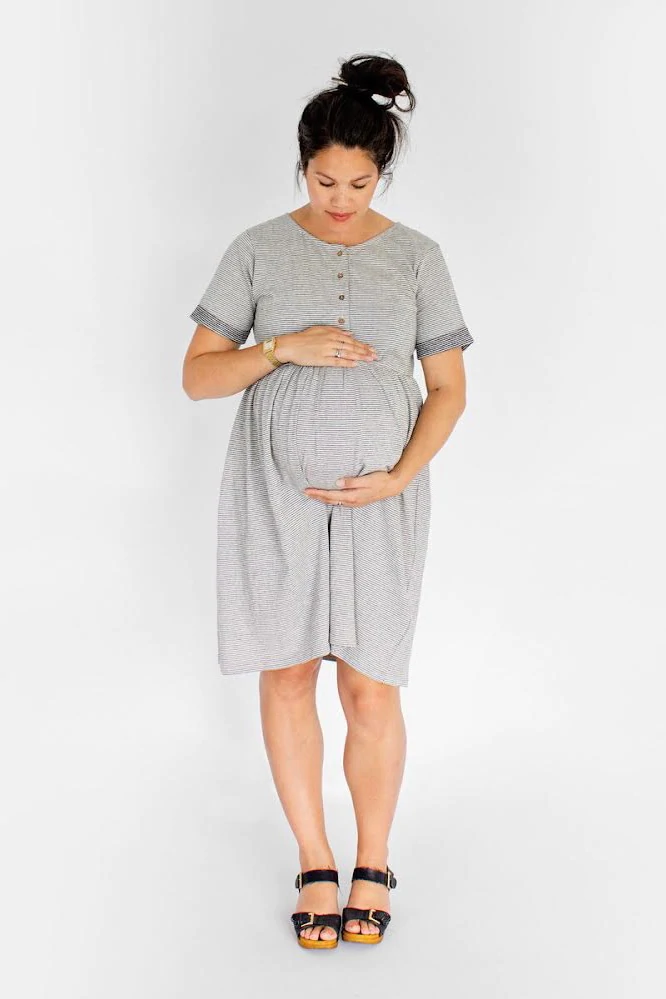


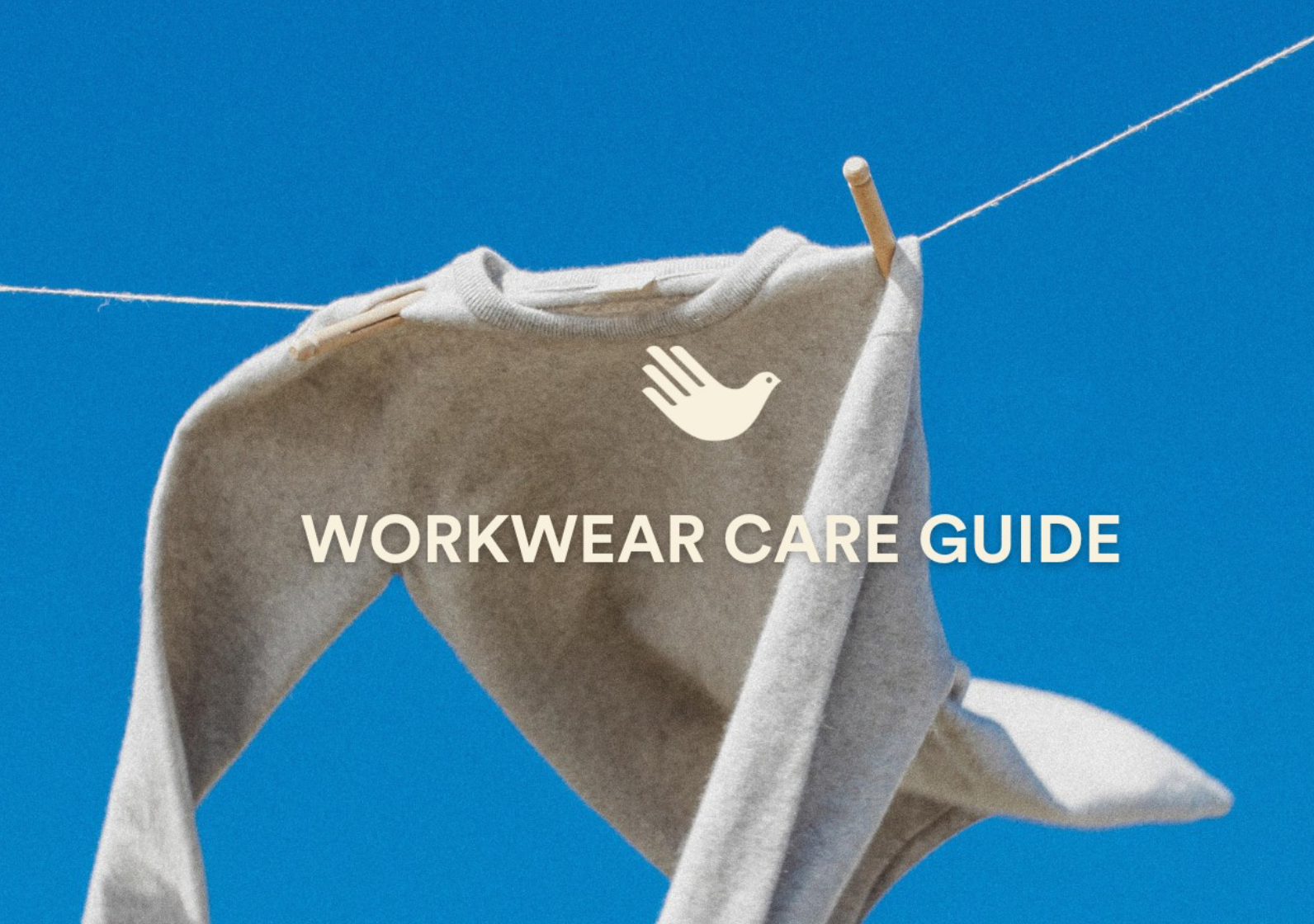
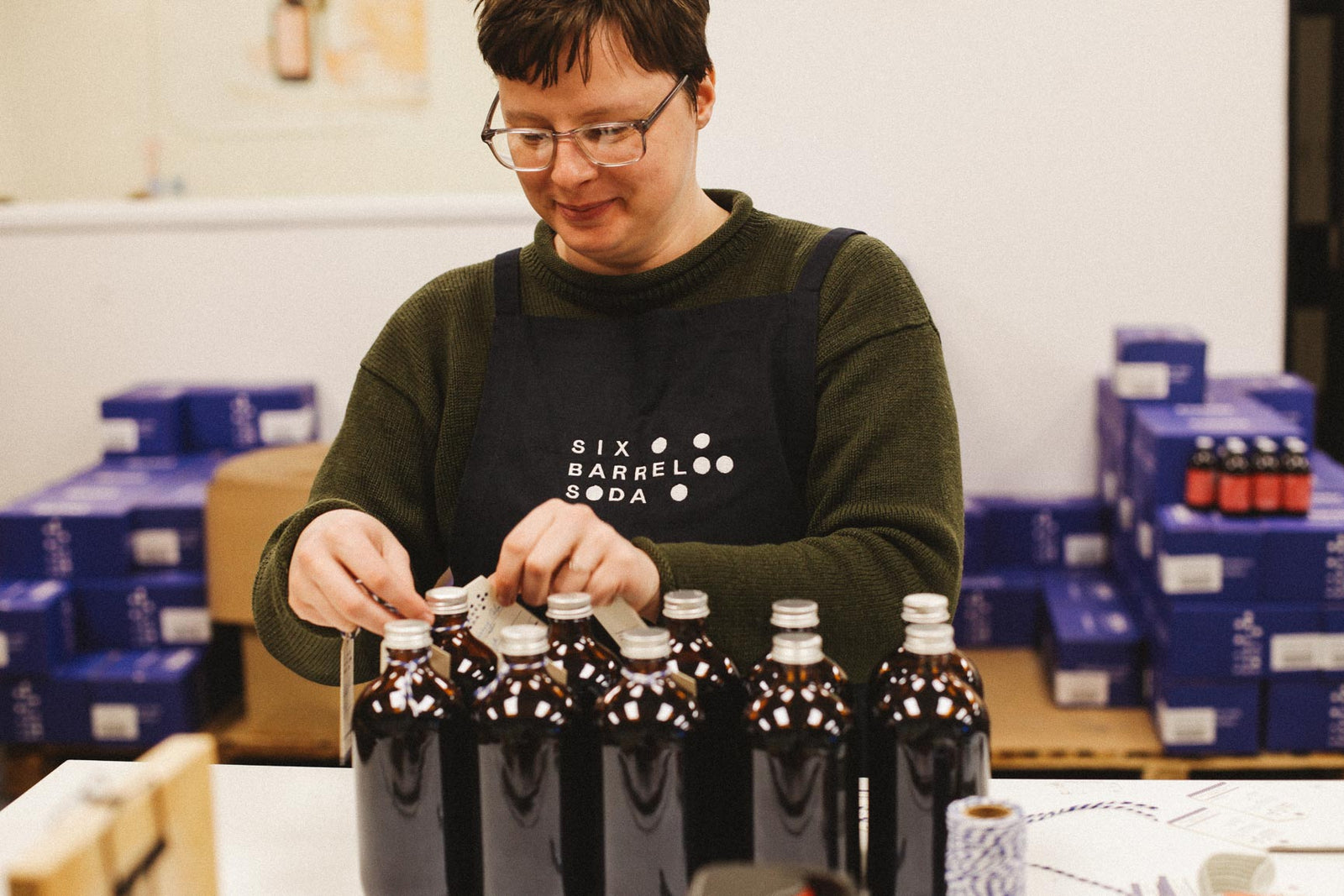
Leave a comment (all fields required)